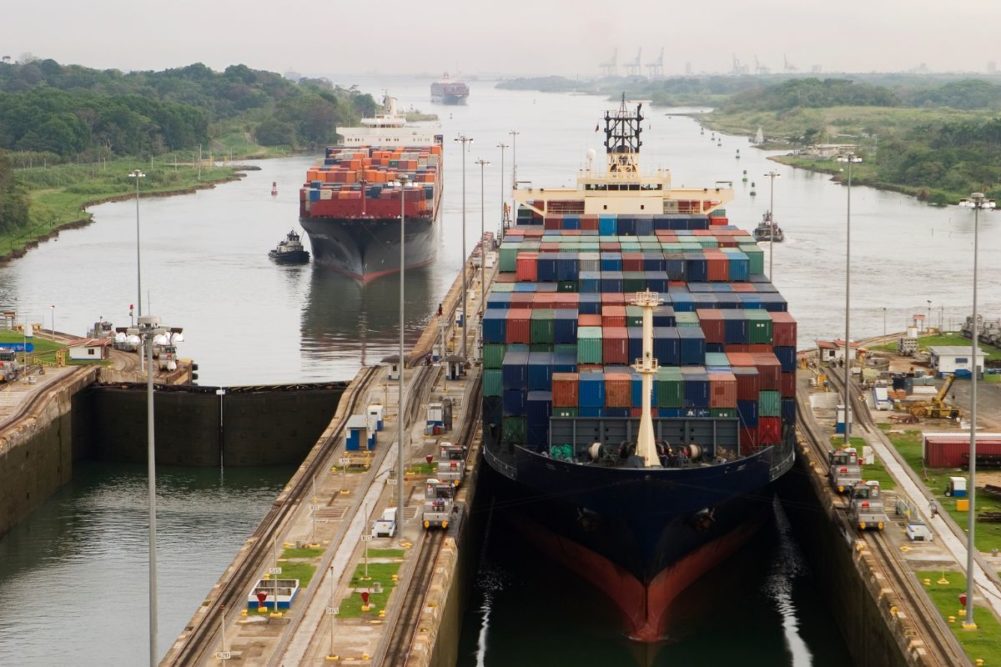PANAMA CITY, PANAMA — Shallow water due to drought is forcing the Panama Canal to expand restrictions on the largest ships using the waterway, impacting a vital conduit for grain shipments using one of the world’s busiest trade passages, Reuters reported.
The Panama Canal Authority implemented restrictions in May to avoid ships running aground, and since then some large vessels have had to reduce container loads by roughly 25%. The first five months of the year accumulated rainfall in the area around the 50-mile (80-kilometer) canal was 47% below the historical average, according to the agency.
The new restrictions, which will take effect June 25, limit neo-Panamax container ships to a depth limit of 43.5 feet (13.26 meters) meaning they must either carry less cargo or shed weight in order to float higher. The previous maximum draft was 44.0 feet (13.41 meters).
In 2022, ships carrying 36.18 million tonnes of grain — including corn, soybeans, rice, sorghum, barley and wheat — transited the canal from the Atlantic Ocean to the Pacific Ocean and 2.2 million tonnes moved from the Pacific to the Atlantic. Grain is second only to petroleum among commodities that rely on the canal.
El Niño, a periodic warming weather phenomenon, has brought a severe drought along the Pacific coast. Canal officials are hoping the second half of the year brings some relief to the canal watershed. Since Jan. 3, the canal has implemented a series of water-saving measures within its operations intended to ensure that ample water resources will be available to supply the population and offer a reliable and competitive service to customers throughout the dry season.
“This is an issue that the Panama Canal has been warning and preparing for; however, we could not have predicted exactly when the water shortage would occur to the degree that we are experiencing now,” said Ricaurte Vásquez Morales, canal administrator.
Despite the new rules limiting ships’ weight, Vasquez said the flow of ships through the canal has carried on as expected so far. It also has helped that the drought coincided with the canal’s low-demand season, seemingly reducing the impact on customers.
The last period of intense drought in the canal took place from 2019-20. These cycles, the administrator added, have historically happened once every five years.
“Still, what we are experiencing now is that these events are being reduced to once every three years,” he said.






